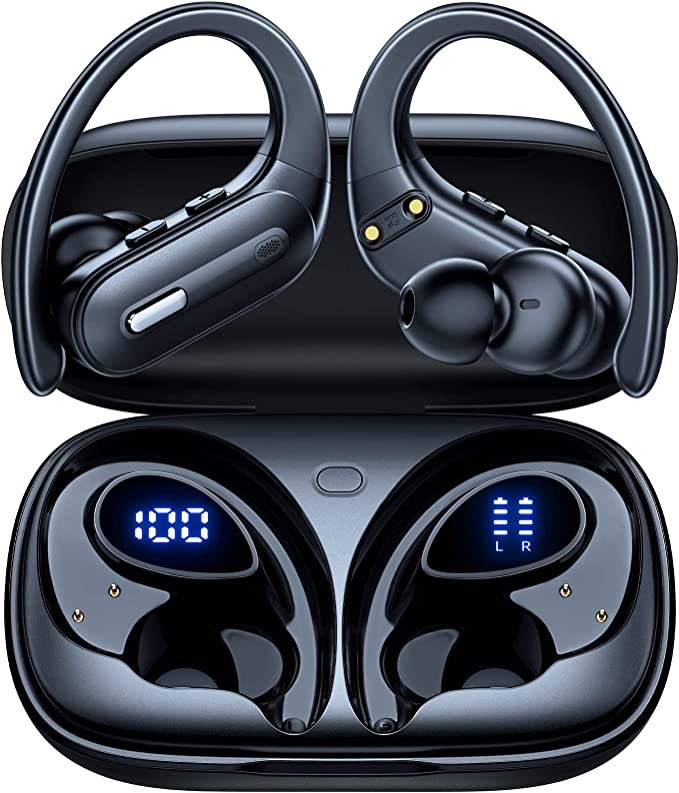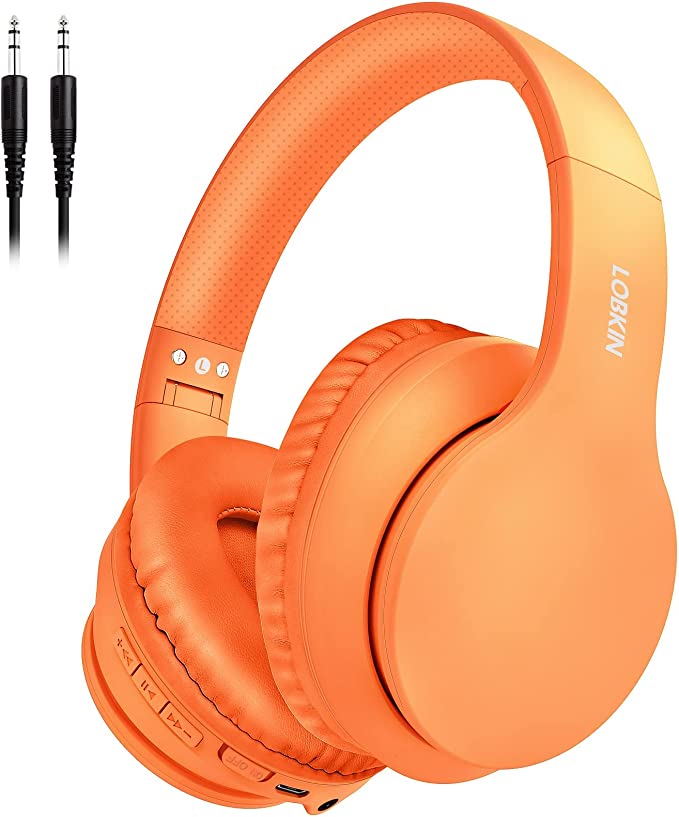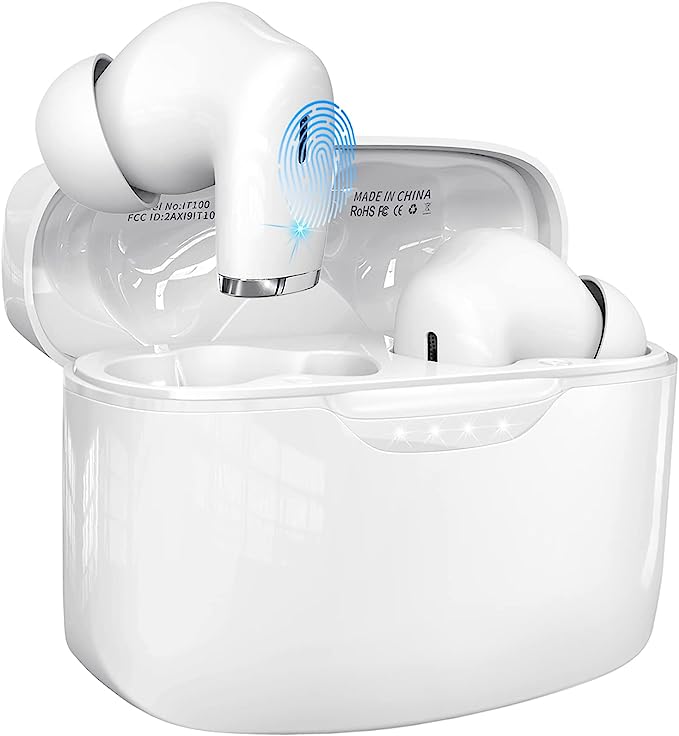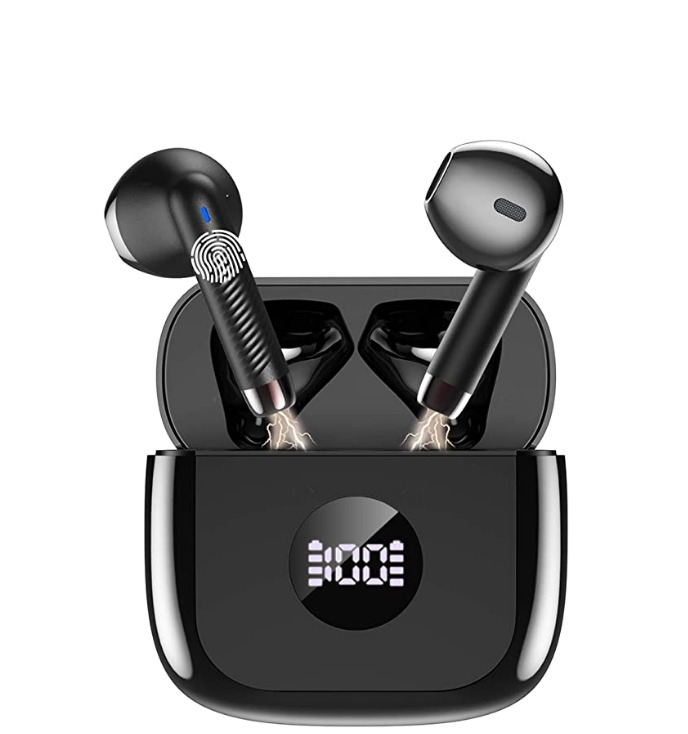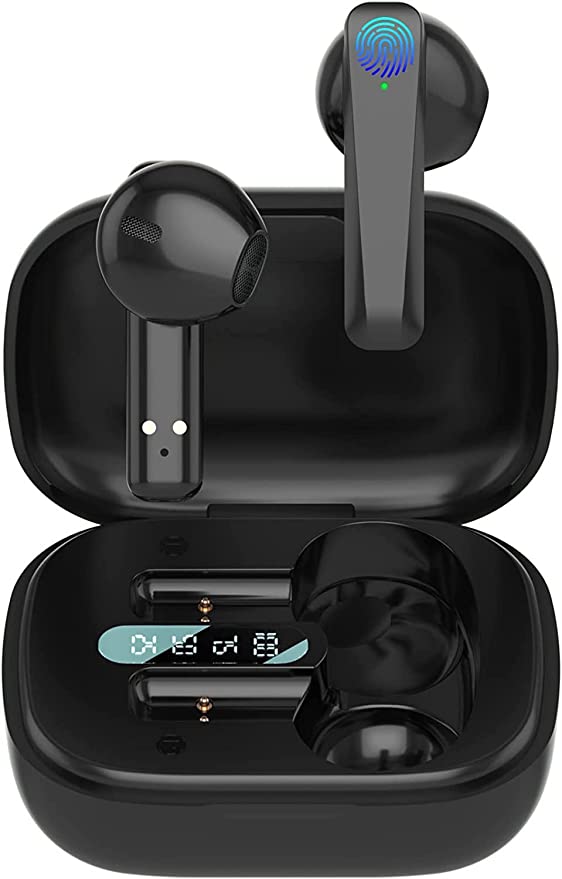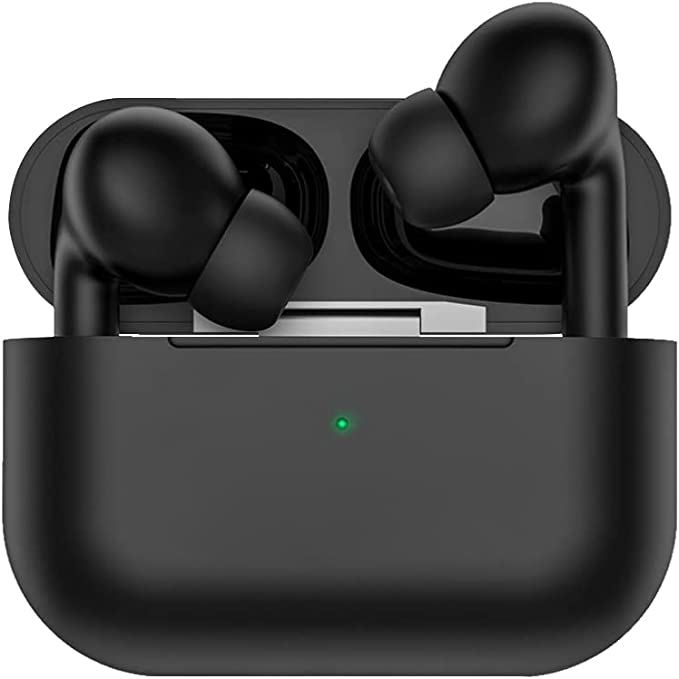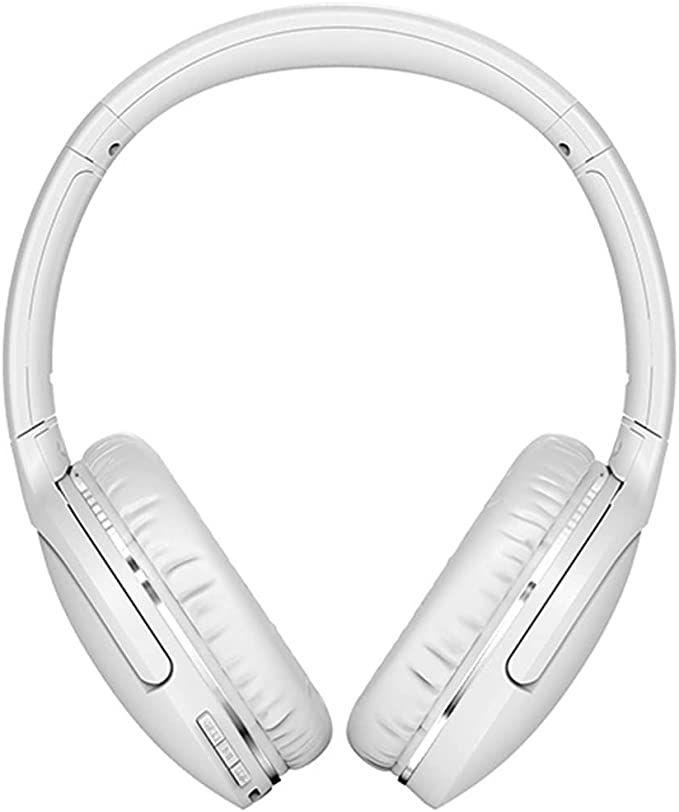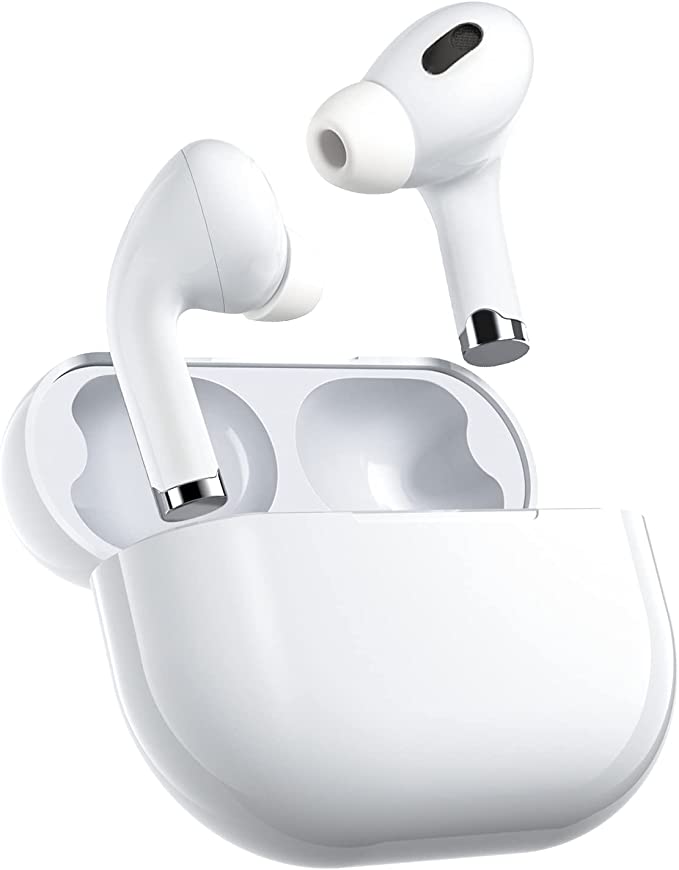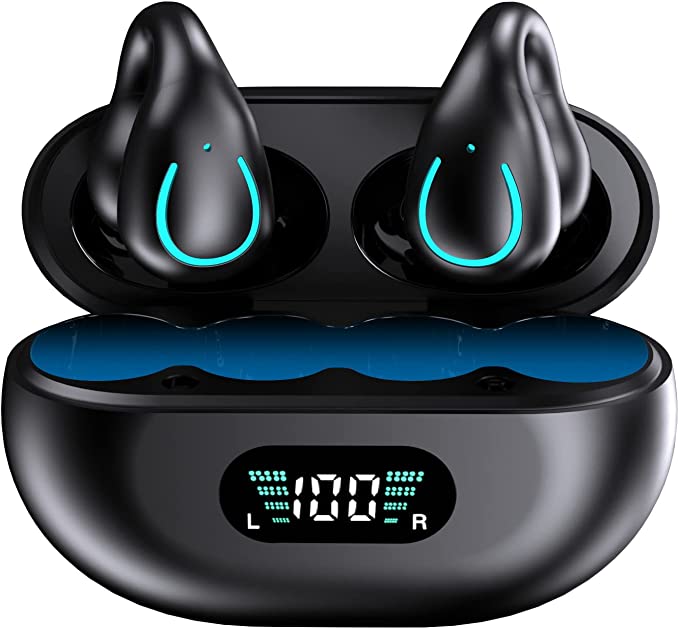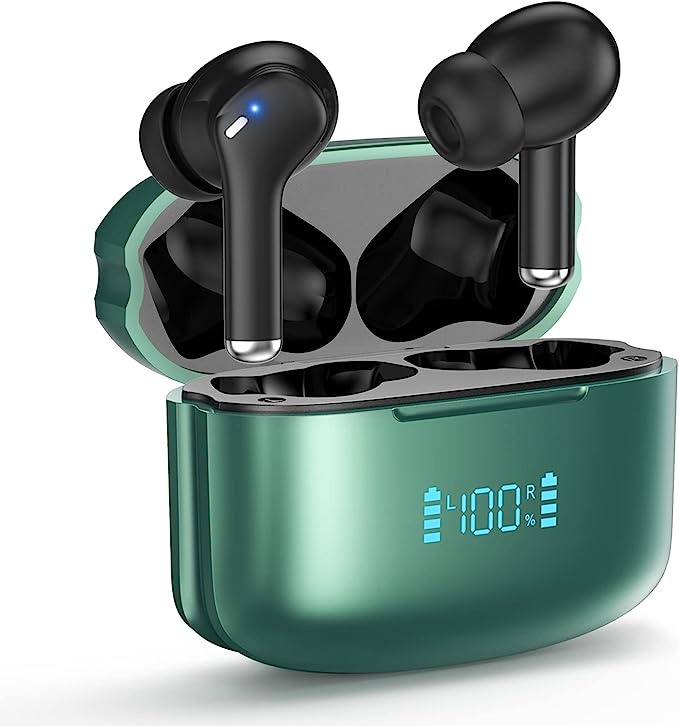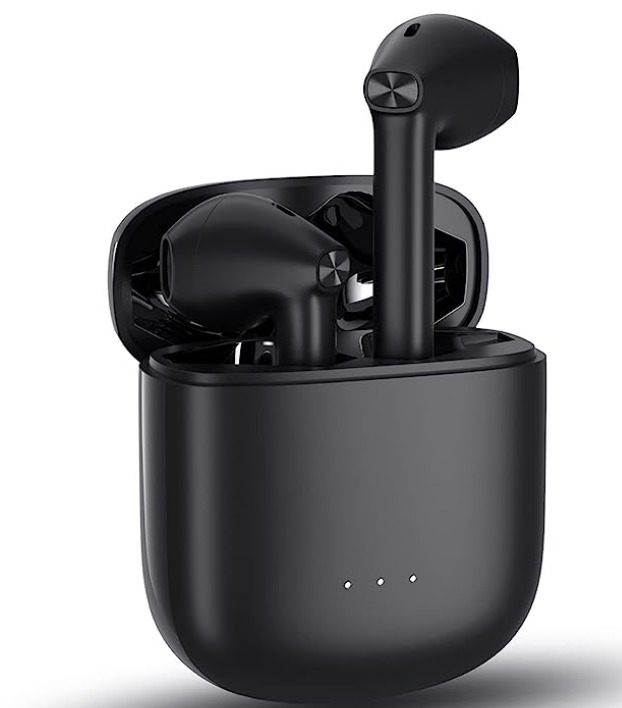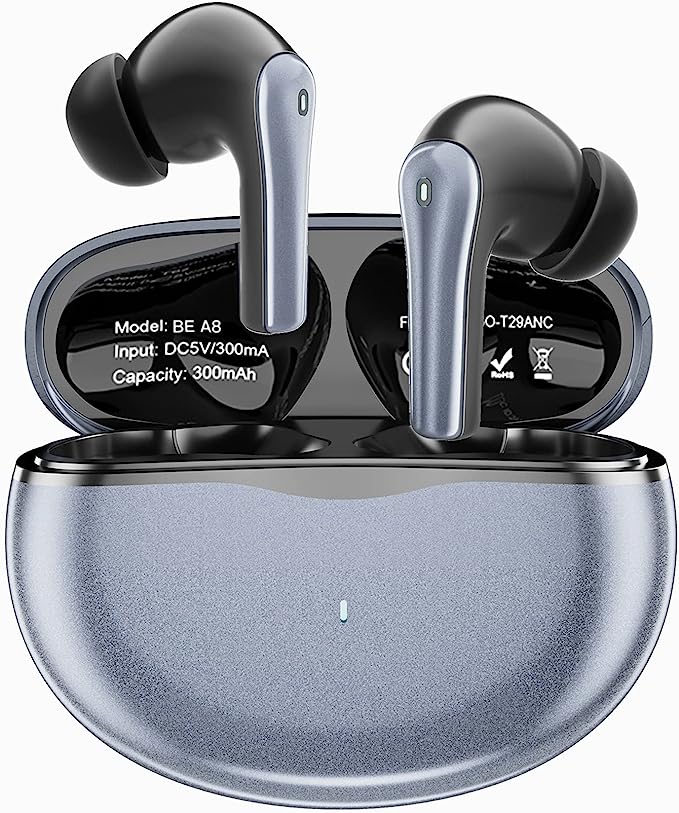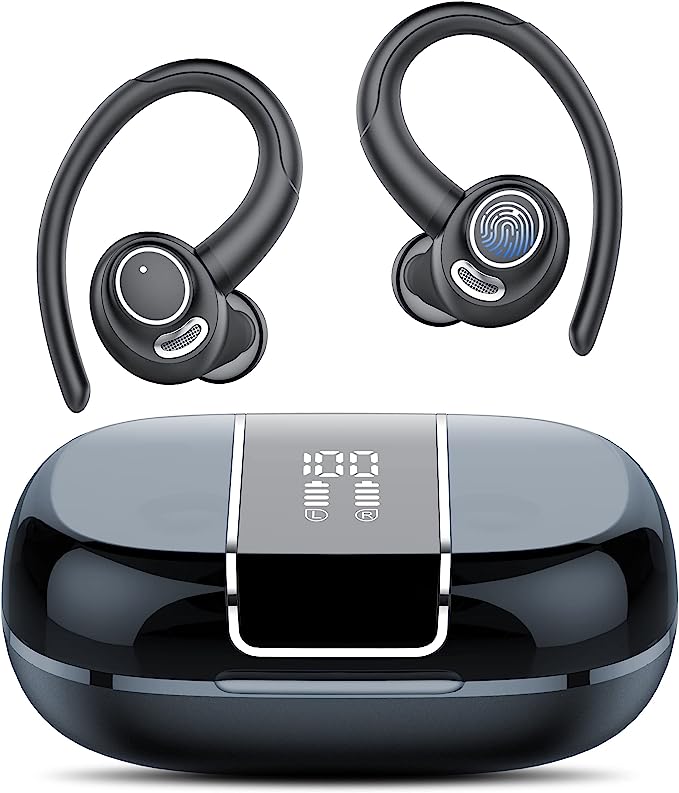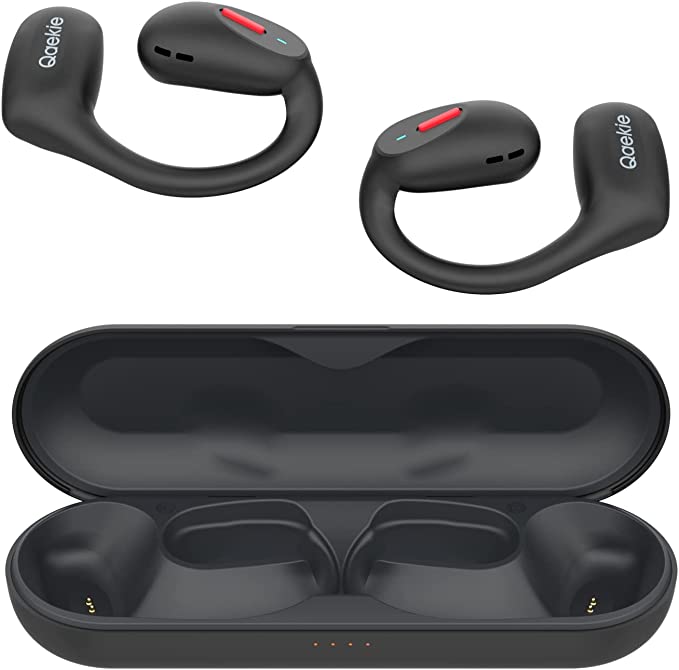The Smart Shopper's Guide to Budget Earbuds: Decoding Specs Like Bluetooth 5.3 & ENC
Update on Nov. 14, 2025, 2:32 p.m.
We live in a golden age of audio accessibility, but it can often feel like navigating a maze. The market is flooded with wireless earbuds from countless unfamiliar brands, each promising a premium experience for a fraction of the price. How do you separate the genuine bargains from the duds? The secret isn’t just chasing deals; it’s learning to read the language of technology.
This guide is designed to empower you. We’re not just reviewing a single product; we’re establishing a framework for making informed decisions. By deconstructing the key specifications you’ll encounter, you can learn to identify true value. To make this tangible, we’ll use a real-world example as our case study: the lecover MD016 Wireless Earbuds, a device that embodies the typical promises and potential pitfalls of its category. Let’s dive in.

1. The Stability Promise: Does Bluetooth 5.3 Matter on a Budget?
Nearly every earbud today boasts the latest Bluetooth version, but what does a spec like Bluetooth 5.3 actually deliver at a budget price point? Governed by the Bluetooth Special Interest Group (SIG), each iteration brings improvements, and 5.3 focuses on three key areas relevant to your daily use: connection stability, power efficiency, and lower latency.
Think of it as the unseen foundation of your listening experience. A stable connection means fewer frustrating dropouts when your phone is in your back pocket or across the room. The lecover MD016, for instance, claims a stable connection up to 15 meters (about 50 feet). While this is an ideal-condition figure, it points to a robust underlying antenna and chipset design. More importantly, Bluetooth 5.3 is inherently more power-efficient. Its improved data handling allows the earbuds to “sip” energy instead of gulping it. This efficiency is a direct contributor to one of the most praised features in budget earbuds: extended battery life. When users report getting through multiple 12-hour workdays on a single case charge, as some have with the MD016, it’s not magic—it’s the synergy of an efficient Bluetooth chip and well-managed lithium-ion batteries.
The takeaway: A recent Bluetooth version like 5.3 on a budget earbud is a strong positive signal. It suggests the manufacturer is using contemporary components, which directly translates to better battery performance and a more reliable, less frustrating connection.
2. The Clarity Question: Demystifying “4-Mic ENC” for Calls
You’ll often see “Noise Cancellation” touted on budget earbuds, but it’s crucial to distinguish between two very different technologies: Active Noise Cancellation (ANC) and Environmental Noise Cancellation (ENC).
- ANC uses microphones to listen to outside noise and creates an “anti-noise” wave to cancel it out, giving you a quieter listening experience. This is a complex, power-intensive feature usually found in more expensive devices.
- ENC, as featured in the lecover MD016 with its 4-microphone array, is designed almost exclusively to improve call quality. Its job is to make your voice sound clearer to the person on the other end of the line.
How does it work? Each earbud uses at least two microphones. One is positioned to capture your voice, while the other is aimed at the surrounding environment. A Digital Signal Processing (DSP) chip then analyzes both sound streams. It identifies the chaotic, inconsistent frequencies of background noise (traffic, wind, chatter) and algorithmically filters them out, isolating and boosting the frequencies of your speech. This is often enhanced by technologies like Clear Voice Capture (CVC).
The takeaway: When you see 4-Mic ENC on a spec sheet, don’t expect it to silence the world around you while you listen to music. Instead, view it as a valuable feature for anyone who frequently takes calls in less-than-ideal environments. It’s a practical technology focused on ensuring your voice is heard, a critical function for commuters and remote workers.
3. The Durability Factor: What an IPX7 Rating Really Means for You
From a sudden downpour on your run to an intense gym session, life involves moisture. An IPX7 rating provides a significant degree of assurance against water damage. The IP (Ingress Protection) code is an international standard (IEC 60529) that classifies the sealing effectiveness of an electronic device.
In “IPX7,” the “X” means it hasn’t been rated for dust protection, while the “7” is the key indicator for water resistance. This specific rating means the device is protected against temporary immersion in up to 1 meter of freshwater for 30 minutes. This is achieved through a combination of tight physical seals and hydrophobic nano-coatings on internal circuitry.
For a user, this translates to practical durability. It means you can confidently exercise, run in the rain, or work in a demanding environment without the constant fear of sweat or a splash ruining your earbuds. However, it’s vital to understand its limits. An IPX7 rating does not make the earbuds suitable for swimming, as the constant pressure and potential chemicals in pool water are outside the testing parameters. The charging case is also almost never waterproof.
The takeaway: An IPX7 rating is a strong indicator of robust build quality in a budget earbud. It’s a feature that provides real-world resilience for active users, making it a key spec to look for if you plan to use your earbuds for fitness or outdoor activities.
4. The Sound Quality Gamble: Finding Audio Gold on a Budget
This is the most subjective and challenging aspect to judge from a spec sheet alone. Terms like “Hi-Fi Stereo” and “Deep Bass” are common, but the actual performance depends entirely on the quality of the internal components and the acoustic tuning.
At the heart of each earbud is a dynamic driver—a tiny speaker that vibrates to create sound. The size of the driver and the material of its diaphragm are critical, but so is the engineering of the earbud’s housing. Achieving powerful bass in a tiny, lightweight plastic enclosure is a significant acoustic challenge.
This is where distilling user feedback becomes invaluable. For a model like the MD016, reviews are often pleasantly surprised by the bass response, suggesting the engineers prioritized a warmer, more impactful low-end—a popular tuning for mainstream music. However, other listeners might find the sound “tinny,” indicating a potential trade-off in the clarity of the mid-range or treble. This isn’t necessarily a flaw, but a design choice.
The takeaway: Don’t expect audiophile-grade neutrality from budget earbuds. Look for patterns in user reviews. If a majority praise the bass and you listen to bass-heavy genres like EDM or hip-hop, it could be a great match. If you prioritize vocal clarity for podcasts or classical music, you might look for feedback mentioning “clear” or “balanced” sound. Sound quality is a compromise at this price point; the key is finding a compromise that suits your taste.
5. The Endurance Test: Why Total Playtime is the Hero Spec
Battery anxiety is real. A key strength of modern budget earbuds, born from efficient chips and better batteries, is their incredible endurance. The lecover MD016, for example, advertises 6-7 hours of playback from the buds themselves, with the charging case extending that to a total of 40 hours.
This “total playtime” figure is arguably more important than the single-charge time. It reflects the real-world experience of how long you can go before needing to find a wall outlet. For the average person, 40 hours can easily mean a week or more of use. When you see a high total playtime combined with a modern USB-C fast-charging port (which can often recharge the case in about an hour), you’re looking at a device designed for genuine convenience.
The takeaway: Pay close attention to the total playtime provided by the charging case. A high number (30+ hours is a good benchmark) combined with USB-C charging is a powerful indicator of a device built to seamlessly fit into a busy, modern lifestyle with minimal fuss.
Conclusion: From Spec Sheet to Smart Decision
Navigating the budget earbud market doesn’t have to be a blind gamble. By moving beyond marketing buzzwords and learning to decode the core technical specifications, you can build a clear picture of a product’s true capabilities.
Using the lecover MD016 as our model, we can see how a spec like Bluetooth 5.3 translates to reliable connections and marathon battery life. We understand that 4-Mic ENC is a practical tool for call clarity, not a feature for silent listening. We appreciate that an IPX7 rating offers robust, real-world protection for an active lifestyle. While sound remains a matter of personal taste, understanding these foundational technologies transforms you from a passive consumer into an empowered, informed shopper, ready to uncover the true hidden gems in the world of audio.
